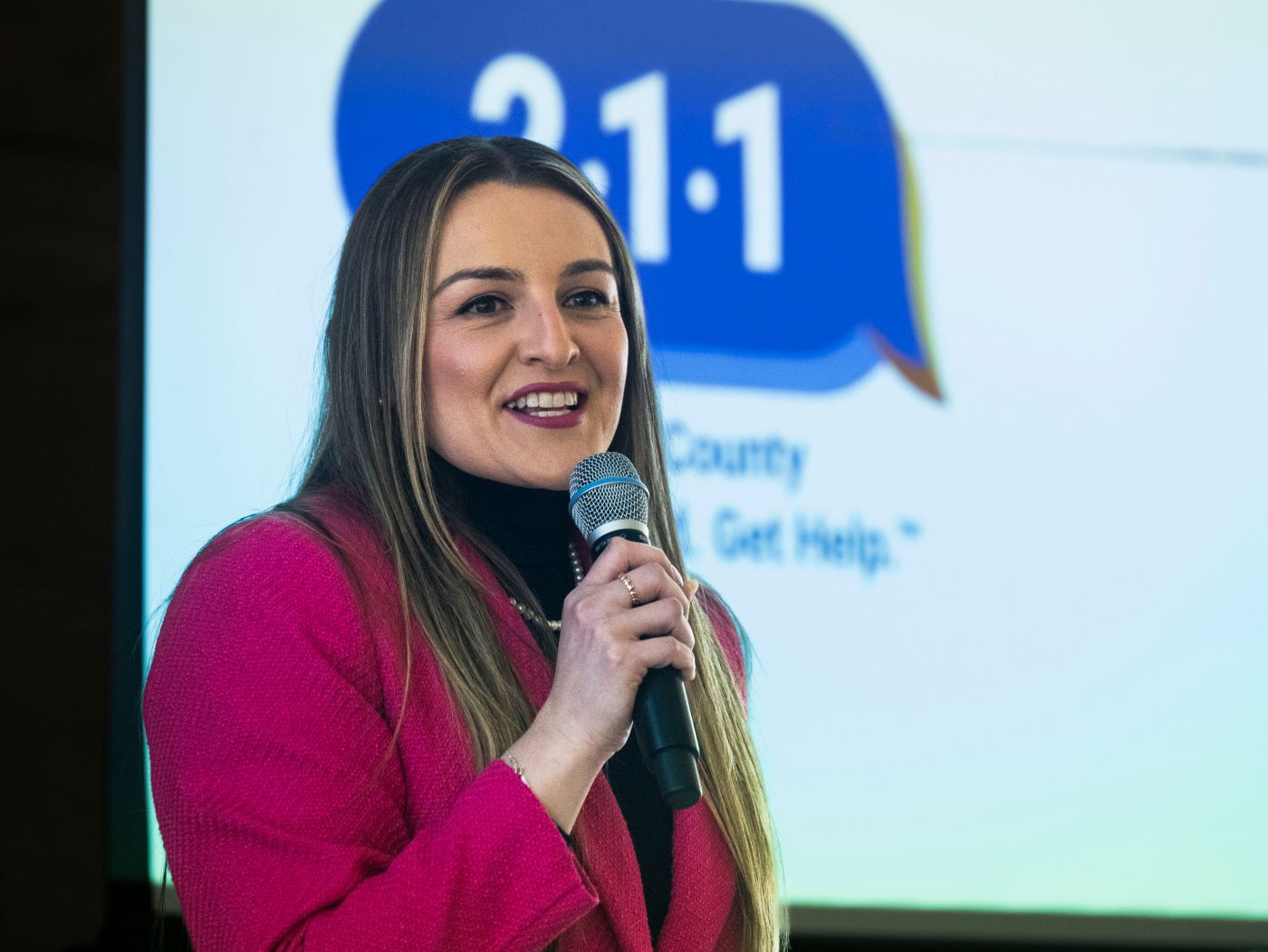The local call center that helps people find a bed or a mental health professional or emergency health care – 211OC – is gearing up to field tens of thousands of new calls from people with a single, urgent question:
Where can I get something to eat?
State officials said last week that the ongoing government shutdown will force federally financed food assistance – offered as CalFresh in California and as the Supplemental Nutritional Assistance Program (or SNAP), nationally – to go dark starting Saturday, Nov. 1. Federal officials confirmed Sunday, Oct. 26, that SNAP payments would stop starting next month. No timeline has been offered for when payments might resume.
At the same time, 211OC – a nonprofit hotline with 25 operators that in a typical month handles about 12,000 calls and 7,000 texts from people needing fast information about a range of social services, including charitable food – started working with county officials and leaders of more than 200 food-oriented nonprofits. They’ve hammered out plans on everything from messaging to technology that will help make sure 2-1-1 operators can connect hungry people to food pantries that are geographically appropriate and still issuing meals.
The overall goal is for 2-1-1 operators to offer clear, accurate information to people with a pending emergency: food.
“We’ve already updated our website with a specific icon on the landing page (at 211.org),” said Liz Andrade, 211OC’s executive director, who described 2-1-1 as “a central source of truth.”
On Monday, a click on that icon offered this update:
“We want to make you aware that CalFresh benefits may be delayed for November due to the ongoing federal government shutdown. Benefits are not canceled, but the federal delay may impact when funds are available. Food resources can be searched at the links below. Call 2-1-1 for additional assistance.”
But if that information is clear, the outlook for about the estimated 310,000 locals who use CalFresh to help pay their food bill is murky.
In the short term, local CalFresh clients will be able to turn to food pantries and food banks, which already are shifting their food supplies to adjust for a spike in need early next month. Many CalFresh clients already use food pantries, but usually later in the month, when their EBT food cards – which typically pay about $189 a month – run dry.
But if CalFresh and SNAP don’t get funding over several weeks, the dynamics of the county’s charitable food network, which includes about 500-plus food pantries, could change.
Locally, the charitable food world already is strained. Inflation and a sluggish economy have kept food lines close to or beyond what they were during the height of the pandemic. And if the federal crisis lasts more than a couple weeks, the influx of hungry people in food lines could force previously unimaginable decisions – including, eventually, food rationing.
“The community response plan is that everybody will stretch to make sure we keep the quality of care where it needs to be. For a couple weeks, that will work,” Andrade said. “But the volume will increase. And beyond those first couple weeks, it’s unclear what will happen.”
The surge already is showing up in new calls for 2-1-1 operators. Andrade said news of the deadline – plus the fact that it’s been four weeks since a paycheck for many of the 10,000 federal workers who live in Orange County — has already prompted a wave of calls and texts. Though food availability typically is the second-most common question handled by 2-1-1 (after questions about emergency shelter), Andrade suggested that could change in coming weeks.
“The only time we saw food outpacing housing was one week during COVID,” she said.
She added that the current funding crisis for federal food is comparable to the surge in need for food and housing during the pandemic, with one exception.
“During COVID, there were extra supports, everybody understood there was a crisis,” she said. “The biggest notable difference now is the lack of support.”
While 2-1-1 offers information about services to callers, Andrade said it’s possible the food shutdown might mean more information about who is in need in Orange County.
The income requirement for CalFresh is strict; a family of four qualifies if they earn $32,000 or less. And 6 in 10 local CalFresh recipients are lower-income children or seniors.
“This is not a choice people have made,” Andrade said.
“And, unfortunately, I think this (funding crisis) could have a broader economic impact. When food money is not available, there may be some necessity to pull from rent money or utility money.
“It could be a long-lasting issue for a lot of people.”
